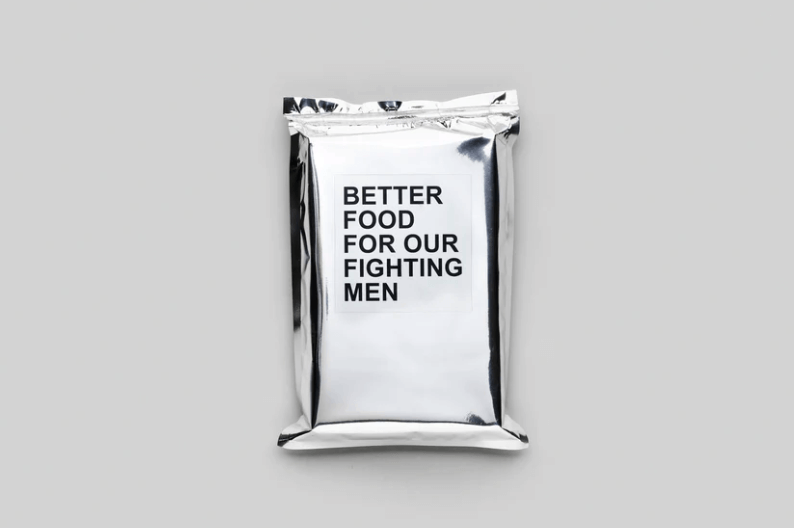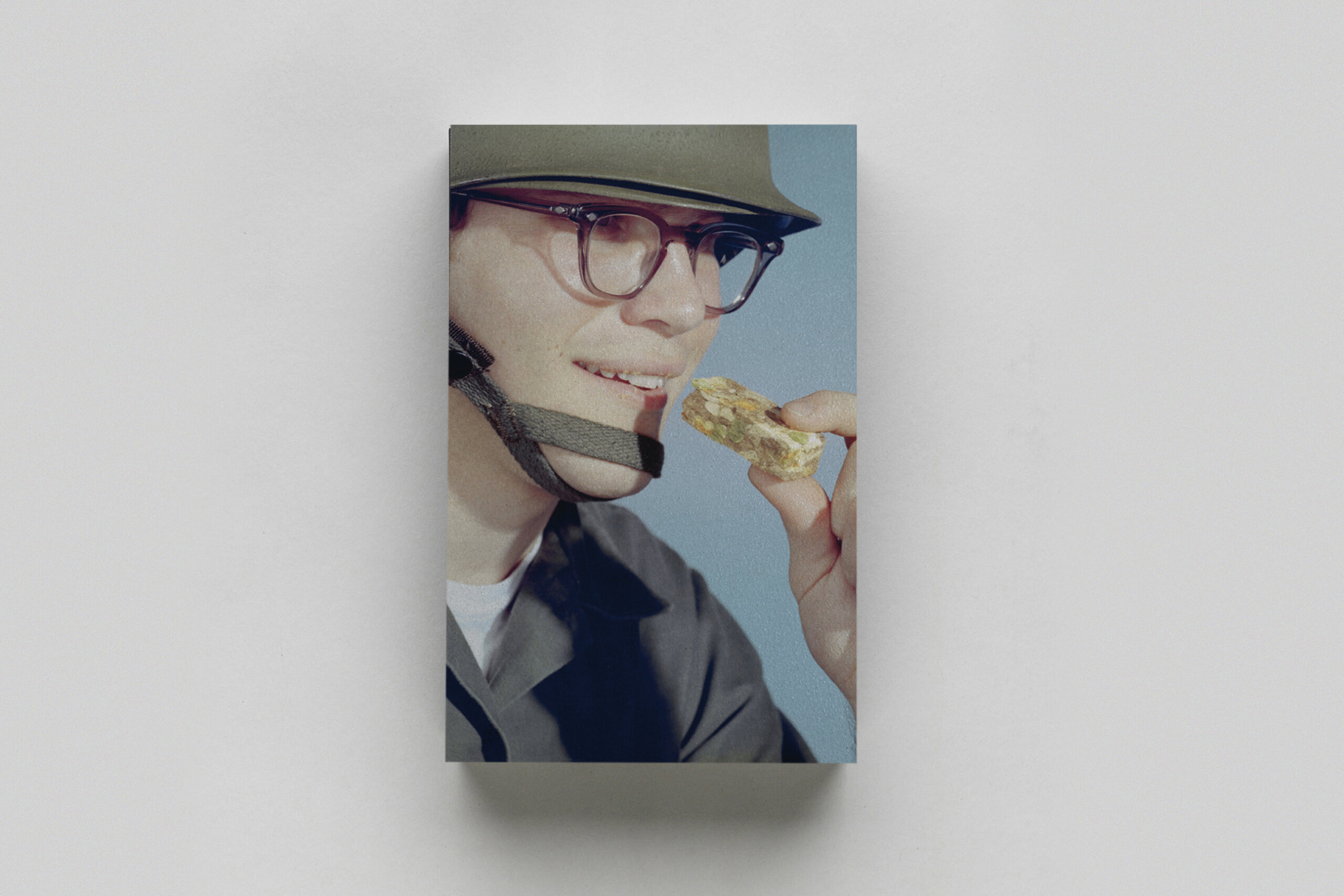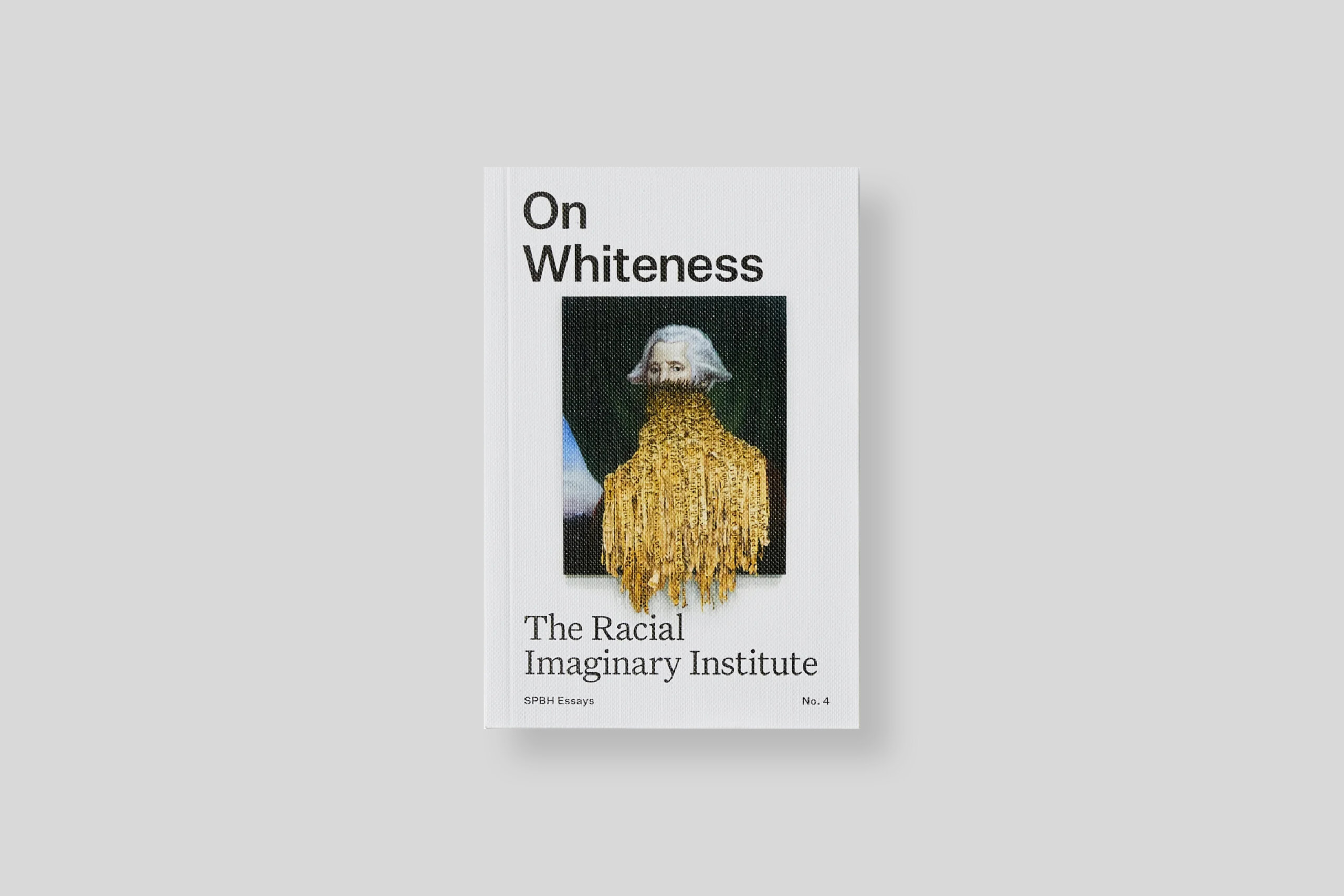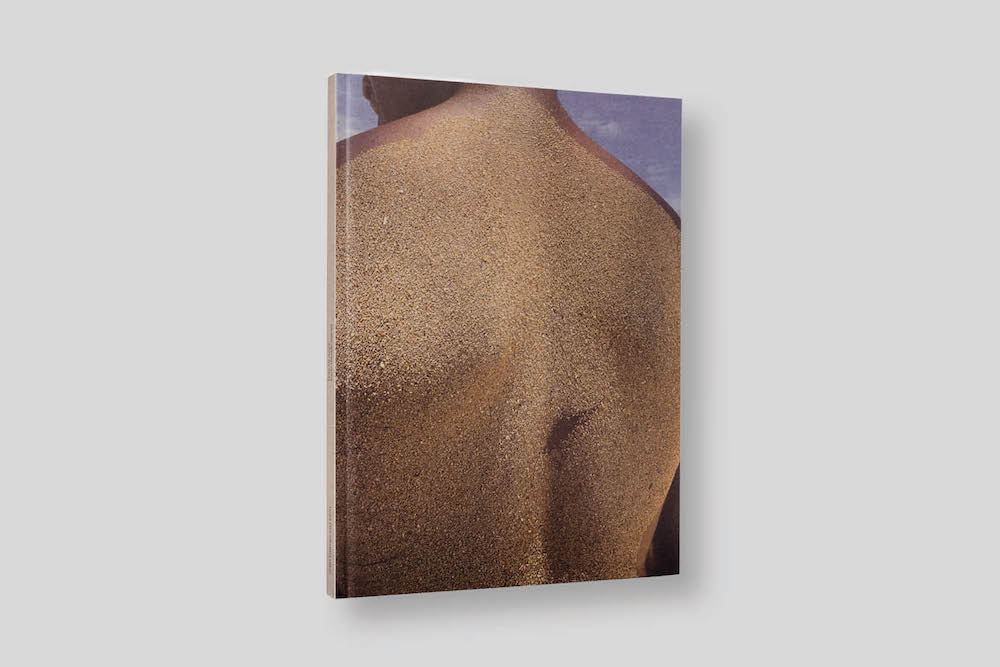

BETTER FOOD FOR OUR FIGHTING MEN
45,00€



In stock
Standard delivery 3 to 7 days

Publication date : 2024/09/01
Weight 1000 g / Dimensions 23 x 30 cm / 176 pages - 350 color photographs
ISBN 9781915743572
The corpus of images presented in Fashion Army is drawn from a recently declassified archive covering the late 1960s to early 1990s, consisting of 14,134 scans of negatives from the Natick Soldiers Systems Center, a U.S. Army’s research and development unit. Although the source of this archive has been identified, its purpose remains unknown. There is no trace of its circulation. All that remains is the possibility of supposing its intention: that of a photographic collection for internal use by a military unit still in operation, known to be responsible for testing prototypes of soldiers’ uniforms and equipment. When questioned about its purpose, the U.S. Army was not able to respond and devote resources to answer our questions, sticking to indifference.
Since a scientific or historical approach would be too imprecise, the selection of images is based on visual criteria. A choice understood as a possibility, drawing on subjective associations of studio or outdoor portraits and packshots. With their sleek, controlled composition and colorful backgrounds, these images appear to be part of a simulacrum, striving for a form of objectivity and military prospective that raises questions. The models, with their constrained poses, tense smiles and awkward, strangely familiar looks, call out to us.
This catalog of images also tells us a great deal about the relationship between military research and its civilian applications, specifically in the field of fashion. From trench coats to Ray-Bans, from chino fabrics to camouflage patterns, military style has permeated catwalks and streetwear alike. An essay by fashion critic Angelo Flaccavento reflects on the interplay between military functionality and the fashion industry.
But their undeniable aesthetic appeal also gives rise to a certain unease. Although they were not produced for communication or propaganda purposes, these images are the product of an institution whose raison d’être is to use deterrence to defend and impose its interests by force anytime, anywhere in the world: to prepare for war.


BETTER FOOD FOR OUR FIGHTING MEN
45,00€


BETTER FOOD FOR OUR FIGHTING MEN
24,90€

On Whiteness - The Racial Imaginary Institute
15,00€

Hola Mi Amol
41,00€